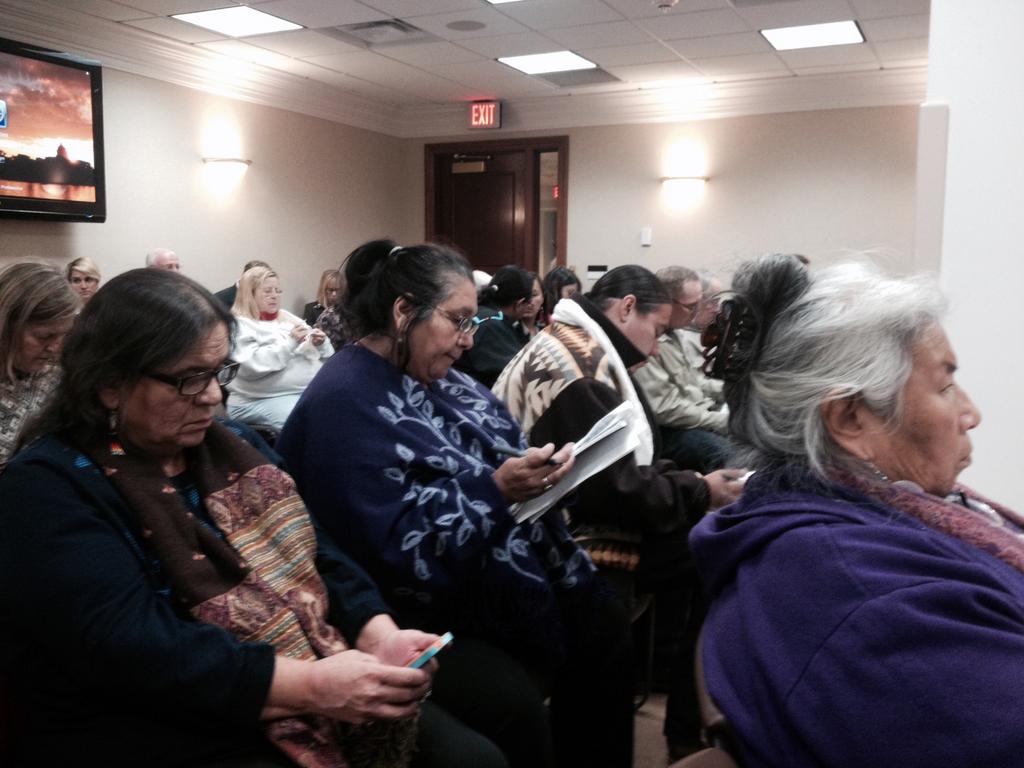By Tom Banse, NW News Network
Growing populations of wild horses in the inland Northwest are creating headaches for federal land managers. Wild and feral horse herds overrun tribal lands in our region too.
A National Academy of Sciences review of federal wild horse management recommended greater use of birth control injections to control overpopulation. Horse lovers want to see that happen on tribal lands too.
University of Missouri biology professor Lori Eggert, who took part in the National Academy report, said “extensive and consistent” contraception can stabilize a horse population on a range.
“It is not over the short term going to take these horses down population wise,” Eggert said. “It will simply slow the growth. There may have to continue to be some gathers and removals from the range until these populations come down.”
Injecting wild mares with birth control on a regular schedule seemed impractical to the tribal range managers I heard from. Jason Smith of Warm Springs said his tribe does have a castration program. He said it castrates 100-150 wild stallions per year to help with population control.
The question of how to proceed in some ways boils down to different world views. People from animal advocacy groups describe wild horses as intelligent, magnificent creatures, symbols of the West and the embodiment of freedom on the open range. On the reservation, rodeo champion Smith said the horse is a “really respected animal,” but fits another category.
“Warm Springs has always considered the horse as their livestock,” he explained. “It is just like cattle is, livestock. We love our horses. They are our tool. They are our work force.”
Smith said he’s looking forward to the next wild horse inventory on the Warm Springs reservation next spring. He’s hoping to see a major decline in numbers from the 5,700 to 6,000 horses counted by an aerial survey in 2011.
Economics of tribal wild horse management
People with an interest in wild horse management also are keeping an eye on Congress. Members of Congress must soon decide whether to keep a de facto ban on domestic horse slaughter for human consumption. The 2014 federal budget signed by President Obama barred the U.S. Agriculture Department from spending money on necessary inspections of commercial horse slaughterhouses.
The last domestic horse processing facilities closed in 2007 after an earlier Congress withheld funding to provide inspections. That is why horses destined for slaughter are exported to Canada or Mexico.
Last year, the Warm Springs tribe and Yakama Nation joined a lawsuit in federal court in defense of the planned opening of a private slaughterhouse in New Mexico. In written testimony, Yakama Nation biologist James Stephenson described how high transportation costs have undermined the economics of tribal wild horse management.
“Before cessation of horse slaughter in the United States, members of the Yakama Nation could sell horses at a price of approximately $150 to $400 per animal. Now, if you can find a buyer, such horses are often sold for prices of $5 to $20 per head,” Stephenson wrote.
Wild horse advocacy groups are marshaling their arguments to prevent any resumption of domestic horse slaughter. In addition, sympathetic senators and representatives have proposed to go further and ban the transport and export of American horses to foreign slaughterhouses.
However, those measures have not advanced in a gridlocked Congress.
Meanwhile, a Prineville, Oregon-based nonprofit proposes to open a completely different type of facility from a slaughterhouse to take horses removed from tribal lands. Central Oregon Wild Horse Coalition founder Gayle Hunt envisions a “horse gentling” program where prison inmates could break wild horses and train more of them to be suitable for adoption or sale as riding horses.
“Problem offenders within the community are actually rehabilitated at the same time they are rehabilitating the wild horses of Warm Springs,” Hunt said while describing her vision.
She credits the idea to a Nevada Department of Corrections program that uses inmates to saddle-train wild horses gathered by the Bureau of Land Management from public lands in Nevada and Oregon.



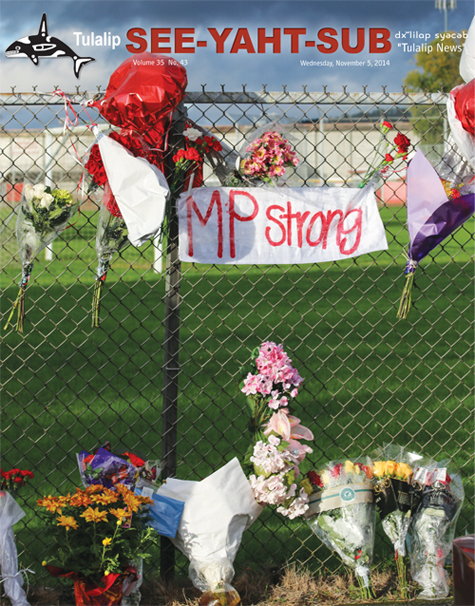

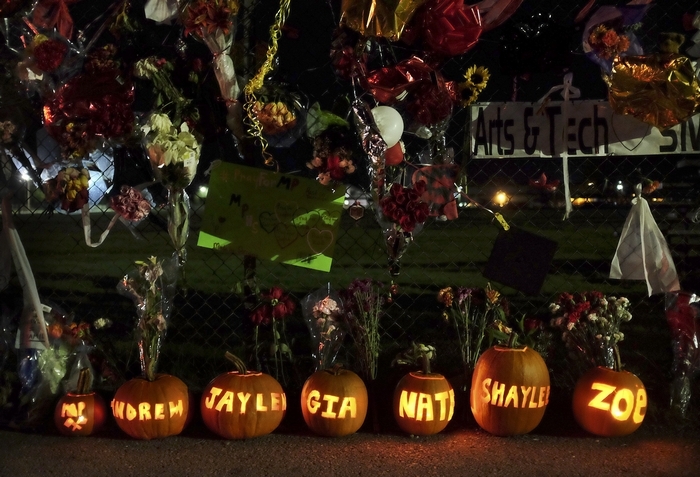

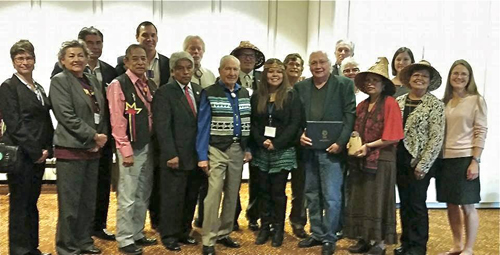


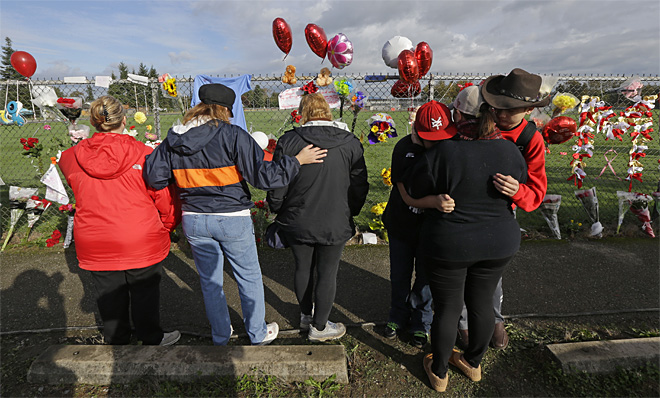

 A “Native American Headdress” is still an option at many Halloween costume shops. (CBC)
A “Native American Headdress” is still an option at many Halloween costume shops. (CBC)

